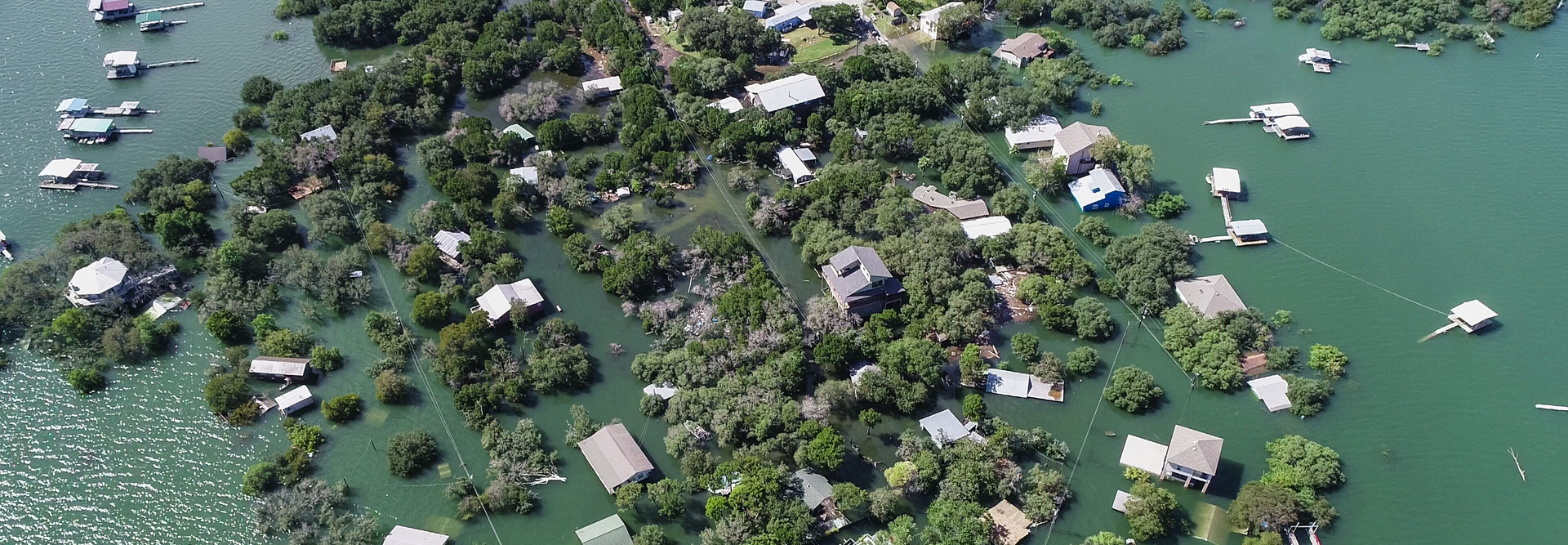Why Now is the Time to Consider DRaaS for Your Small Business
Being cut off from its critical data for an extended period is every business’s worst nightmare. A crisis can be triggered by something as malicious as a ransomware attack, as innocent as human error or as uncontrollable as the weather. But regardless of the reason, the result can be potentially devastating.
A report on a study by the Ponemon Institute shows that organizations lose an average of $8,850 for every minute of unplanned downtime, and those kinds of losses can be particularly crippling to small businesses. According to the Federal Emergency Management Administration, about 40 percent of small businesses affected by natural disasters never reopen, while 90 percent of them fail within a year if they’re not able to resume operations within five days.
That’s why it’s critical for every organization to have a strategy for disaster recovery. And more small businesses are turning to a growing option: Disaster Recovery as a Service (DRaaS).
More Than Backup: What Is DRaaS?
Most businesses are familiar with data backup — storing replicas of files and programs either in the cloud or on a remote server. DRaaS is different; it maintains a cloud-based replica of an organization’s entire IT environment, which can be used in the event of a primary systems crash.
DRaaS supports that replica and its processes, allowing the business to maintain normal operations on the replica system while IT works to recover backup programs and files. The failover can be automated, like with Azure Site Recovery from Microsoft, triggering the switch when a certain event occurs, or it can be set to activate only at the organization’s request.
Getting disaster recovery on an as-a-service basis can be especially valuable for small businesses that may have limited IT resources. The benefits of a disaster recovery plan are available for a monthly fee, while installing the infrastructure behind a recovery plan can be costly. With a DRaaS, IT resources can all go to recovering the system while the DRaaS provider handles the processing of the organization’s day-to-day operations.
What should a business look for in a DRaaS provider?
The DRaaS market has been growing rapidly. Industry leaders like Microsoft, IBM, and VMware all have cloud-based disaster recovery solutions available, and it can be hard to know what to look for when shopping around.
To find the right service provider, there are some questions a business should ask itself. First, how up to date does your data need to be, and how long can you be without it? The recovery time objective and recovery point objective must be clear in the service-level agreement to ensure your business is getting the coverage it needs. IBM’s service, for example, includes continuous updates, allowing for quick recovery times that are verifiable within the service.
Second, will enough resources be available? You’ll want to make sure that there is enough bandwidth to run programs after the failover and to hold up when your systems are facing the most use. VMware’s service, for example, can easily accommodate growth, so as small businesses expand, their service expands with them.
Third, how will you know it will work? Testing the service will be key, so making sure the provider offers automated tests is important. Microsoft Azure Site Recovery includes options for drills, as well as the option to actually perform the failover in a controlled environment. It’s crucial to know that operations will be able to resume promptly.
Whether at the hands of a malicious actor or due to an honest mistake, system downtime can deal a major blow to a business’s bottom line, and small businesses don’t always have the IT resources to recover on their own. DRaaS solutions can give your organization the support it needs to stay afloat during a crisis.










